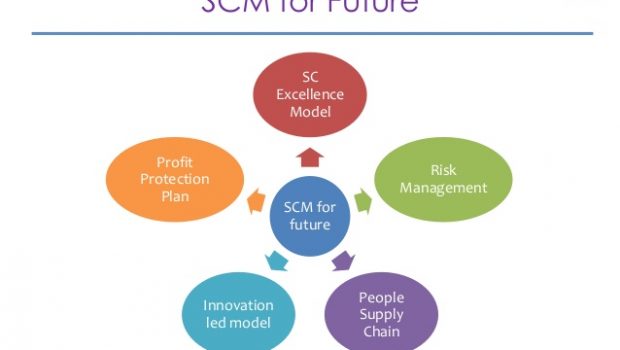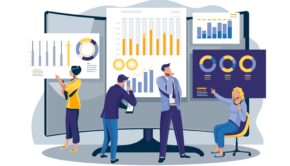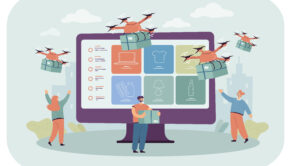An API-Led Approach for the Modern Supply Chain Management
Supply chains have always been an integral part of businesses. It is this function that ultimately enables companies to manufacture raw material into finished goods and have them delivered to the final consumers. From as far as businesses can remember, supply chains involved a number of functions, all working toward delivering products to the consumers.
The core purpose of supply chains has always been moving a product/service from a source to end customer in a systematic way. This entails the involvement of various organizations, people, activities, information, and resources. But with evolving technologies and with the advent of a digitized world, the one thing that has kept on dynamically changing is supply chain management solutions.
From basic supply chain models to highly advanced cloud technologies, the supply chain systems are constantly evolving. Newer and better ways have emerged for connecting the various stakeholders internally and externally, depending on the demands of the consumers and needs of the environment.
Gone is the era of blissful ignorance
Customers today want to know more about the suppliers, manufacturers and the shipping cycle
Let’s take a step back and analyse the traditional supply chains. There was a time a couple of decades ago when the supply chain was a mystery for the consumers. And companies wanted to keep it like that. Businesses, retailers, and consumers alike believed that the whole idea of a supply chain was limited to consumers receiving the products. Consumers, and even retailers for that matter, did not need to know what was happening behind the scenes. They were blissfully ignorant of who the suppliers were or what raw material was being used or what processes were being executed to ensure that the products would be available to consumers on time.
The generic idea was that consumers would only be concerned about getting their product. What would happen behind the scenes such as the procuring, sourcing, manufacturing, etc. would remain hidden. So in short there was no transparency in the supply chain network, no connectedness or communication with two of the most important elements of the supply chain analytics — consumers and retailers.
Today, the supply chain industry is seeing a complete overhaul in this trend of zero transparency. In fact, just the opposite is emerging. Consumers have become more and more aware of what is happening in the background. They are asking questions on the kind of raw material that is being used. They want to know more about the suppliers. They want to keep a track of where their product is stuck in the supply chain or when it will be shipped. Moreover, compliance, ethics, and environmental concerns are making consumers more and more aware of the advantages of dealing with a supply chain system that takes care of all stakeholders.
Every stakeholder in the supply chain has questions
Consumers, suppliers, distributors and agents seek transparency
To answer all these questions and to let the consumers become more aware of their product status or to provide consumers/retailers more information on suppliers or raw material, businesses need a complex system. Also, it’s good to remember that it’s not only consumers or retailers who would be asking question, but every stakeholder in the supply chain process such as suppliers, distributors or agents would like to be better aware and fed with information as and when they need it.
This predicament has led to the emergence of Application Program Interface (API)-centric solutions. This solution has been specifically built to provide every stakeholder the answer to their queries on a systematic basis.
Better communication and transparency
API-led approach ensures more connected business ecosystem and competitive edge
So what is an API solution? This is nothing but an overarching system that provides information to stakeholders to queries that they may have. An API-led approach ensures the creation of a dynamic and interdependent system that seamlessly connects manufacturers, suppliers, distributors, logistic companies, consumers, and retailers.
For example, it connects your procurement solutions to the rest of the chain, letting stakeholders gain information on raw material. Through this system, businesses can ensure smooth, secure and seamless flow of information, enabling stakeholders to receive information as and when they desire. Business, by having an API approach can better understand consumer expectations. Through real time data on hand, they can promote more engagement and induce better communication and transparency. All these factors lead to building a more connected business ecosystem, enhanced brand and a competitive edge in the market.















